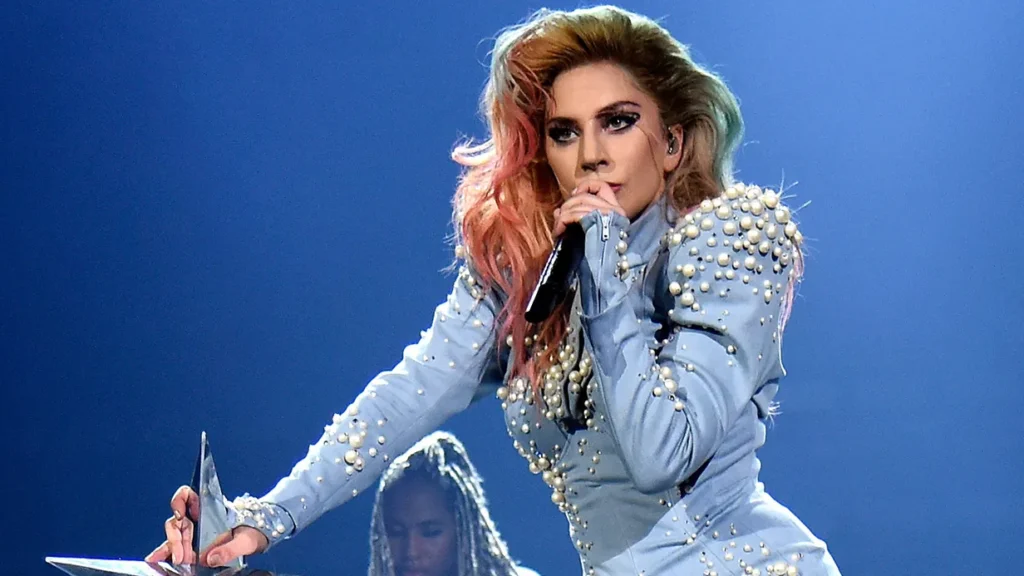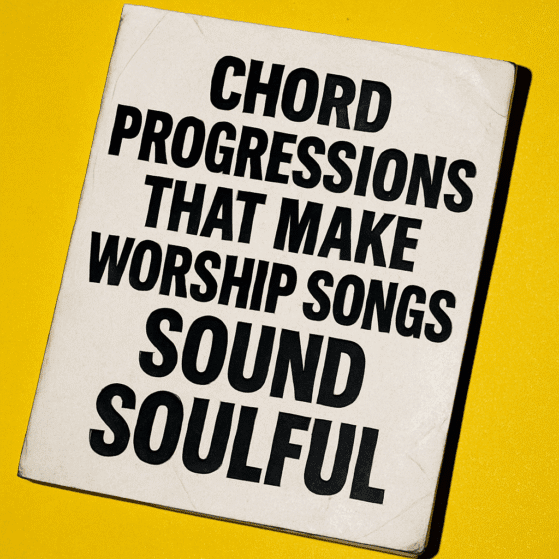Lady Gaga | The Musical Alchemist
Lady Gaga, the musical alchemist, embodies a journey of resilience, artistic discovery, and profound cultural impact. Known for blending striking visuals with powerful music, she continually redefines pop and inspires millions worldwide. This blog celebrates Lady Gaga’s unique approach to music, her early life influences, and the methods that have established her as an enduring icon.
Lady Gaga's Early Life and Beginnings

Stefani Joanne Angelina Germanotta, famously known as Lady Gaga, was born on March 28, 1986, in New York City. Raised in a supportive Italian-American household, Gaga was encouraged to embrace her creativity from an early age. At just four years old, she began playing the piano and showcased her remarkable affinity for music by writing her first ballad at the age of thirteen. This early exposure laid a strong foundation for her future artistic endeavors.
However, Lady Gaga’s early years were not without challenges. During her time at the Convent of the Sacred Heart, a private all-girls school, she faced bullying due to her unique style. Despite these difficulties, she used her experiences to fuel her advocacy work, proving that resilience can emerge from adversity. After a brief period studying at New York University’s Tisch School of the Arts, she left to pursue her music career, taking on various jobs while performing in New York’s Lower East Side club scene.
Vocal Power and Emotional Range of
Lady Gaga

As a musical alchemist, Lady Gaga’s vocal ability is a cornerstone of her artistry. From early hits like “Poker Face” to powerful ballads such as “Shallow,” her emotive delivery connects deeply with listeners. This vocal versatility, evident since childhood, allows her to traverse genres seamlessly. Consequently, whether belting out a pop anthem or performing a jazz classic, Gaga’s voice resonates across musical landscapes, solidifying her status as an iconic figure in the industry.
Genre Fusion and Musical Experimentation of Lady Gaga
Influenced by legends like David Bowie, Queen, and Michael Jackson, Lady Gaga is a master of genre fusion. Her albums reflect a blend of rock, electronic, jazz, and classical influences. Each album tells a unique story, reflecting a chapter of her life and artistic evolution. By blurring genre lines, she has not only redefined pop music but also created a new template for future artists.
Lady Gaga | Empowering Through Fashion

Fashion plays an integral role in Lady Gaga’s identity and artistry. Her iconic looks, from the infamous meat dress to elaborate stage costumes, transcend mere aesthetics; they challenge norms and question societal expectations. Furthermore, her fearless style serves as a call for individuality, reflecting her personal experiences of embracing uniqueness. As a result, Gaga inspires her fans to express their identities boldly.
Social and Political Advocacy of Lady Gaga
Lady Gaga’s activism has been a consistent thread throughout her career. She founded the Born This Way Foundation with her mother to support youth mental health—a cause close to her heart due to her own experiences with bullying. Through her platform, she advocates for marginalized communities, emphasizing the importance of compassion and inclusion. Consequently, her work encourages fans to stand up for social justice and mental health awareness.
Lady Gaga | Collaborative Brilliance
Collaboration has been a hallmark of Lady Gaga’s career. By working with a diverse range of artists, including Tony Bennett and Beyoncé, she has produced memorable and groundbreaking works. This openness to collaboration showcases her commitment to growth and innovation, traits rooted in her early years of artistic exploration. Moreover, these partnerships enrich her musical offerings, reflecting a fusion of creative talents.
Digital Artistry of Lady Gaga
Lady Gaga’s approach to digital artistry transforms each album into a multimedia experience. From her early performances to the immersive visual journey of her “Chromatica” album, she invites fans into a world of sound and storytelling. Her commitment to innovation reflects her early love for storytelling and visuals, which have become synonymous with her brand.
A Cultural Chameleon

Throughout her career, Lady Gaga has embodied the cultural zeitgeist. By addressing themes such as self-acceptance, resilience, and mental health, she resonates deeply with fans. Furthermore, her evolution as both an artist and activist ensures her legacy as a cultural chameleon, adapting to and influencing societal changes. In doing so, she promotes understanding and compassion, core values instilled in her from her formative years.
Her Latest Release: A Bold New Chapter
Lady Gaga’s latest release, “Disease,” delves into themes of vulnerability and personal struggle. The track’s raw emotion and powerful soundscape elevate her work to new heights of introspection. This release is more than just a song; it represents the complexity of human experience—an enduring theme in her art. “Disease” aligns with Gaga’s broader message of self-acceptance, reminding listeners that healing is a journey worth embracing.
Conclusion
Lady Gaga’s life journey, from her early years of music and challenges to her emergence as a pop icon, illustrates how an artist can be fearless, innovative, and impactful. Her legacy extends beyond her music; it encompasses a message encouraging fans to embrace individuality, creativity, and compassion. In summary, Gaga is not only a musical alchemist but also a powerful voice for change in a complex world.
For more resources about music education, public speaking, and much more, visit The Mystic Keys. You can also follow us on our social media platforms for exciting content and updates: Facebook, Instagram, YouTube, LinkedIn, Twitter, Pinterest, Reddit, Threads, and Quora.








